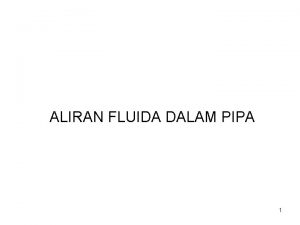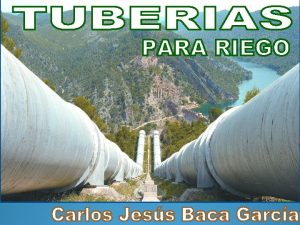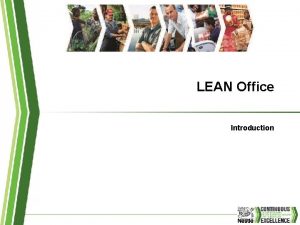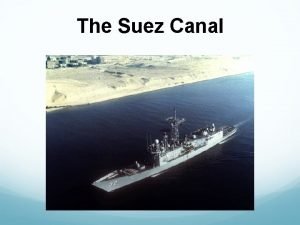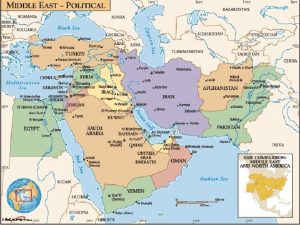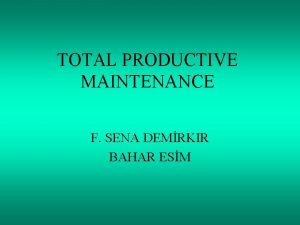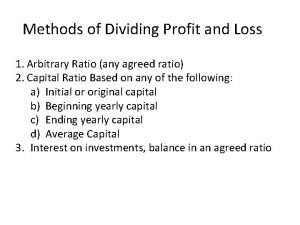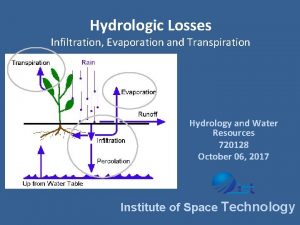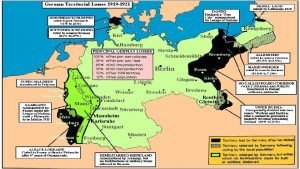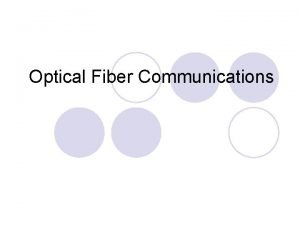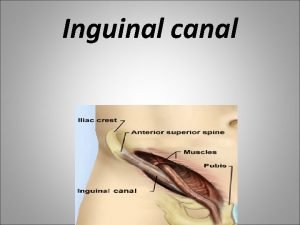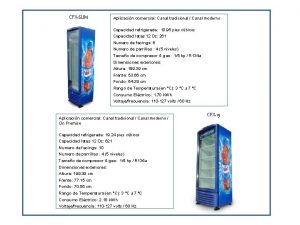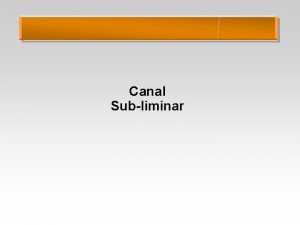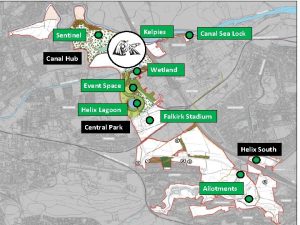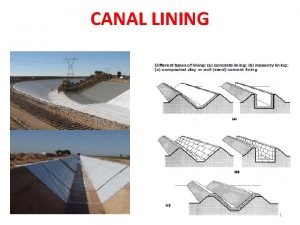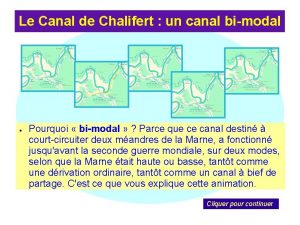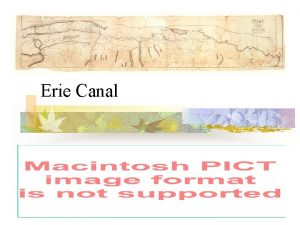Losses of water in canal Types of losses

















- Slides: 17

Losses of water in canal

Types of losses of water in canals Loss of water in canal Evaporation Loss Seepage Loss Percolation Absorption

Evaporation Loss ØThe water lost by evaporation is generally very small, as compared to seepage loss. ØEvaporation Loss are generally 2 -3% of total loss (max. 7% in summer)

Seepage Loss Percolation: ØIn percolation, there exist a zone of continuous saturation from canal to water table and direct flow is established.

Percolation: Seepage Loss ØAlmost all water lost from canal reaches ground water reservoir. ØLoss of water depends on the difference of the top water surface level of channel and level of water-table.

Seepage Loss Absorption: ØIn absorption, a small saturated zone exist round the canal section and is surrounded by zone of decreasing saturation. ØA certain zone just above water table is saturated by capillarity.

Seepage Loss Absorption: ØThus, there exists an unsaturated soil zone between two saturated zones. ØThis result in seepage loss.

Canal Lining

Advantages of Lining Ø Water Conservation: Lining a canal results in reduction in water losses, as water losses in unlined irrigation canals can be high. Ø No seepage of water into adjacent land or roads: If canal banks are highly permeable, the seepage of water will cause very wet or waterlogged conditions, or even standing water on adjacent fields or roads. Lining of such a canal can solve this problem.

Advantages of Lining (Contd. ) ØReduced canal dimensions: The resistance to flow of a lined canal is less than that of an unlined canal, and thus the flow velocity will be higher in the lined canal. Therefore, with the higher velocity, the canal cross-section for a lined canal can be smaller than that of an unlined canal. Ø Reduced maintenance: Maintenance costs for the following issues are eliminated using lining of canals. § Periodical removal of silt deposited on the beds and sides of canals. § Removal of weeds and water canals. § Minor repairs like plugging of cracks, uneven settlements of banks, etc.

Types of lining Hard Surface Lining Earth Type Lining Cast Insitu Cement Concrete Lining Compacted Earth Lining Shotcrete or Plastic Lining Soil Cement Lining Cement Concrete Tile Lining or Brick Lining Asphaltic Concrete Lining Boulder Lining

Types of lining Cast in situ: Made from M 15 Shotcrete lining: Cement mortar applied under pressure through a nozzle on the surface of the canal. 1: 4 cement and sand, Sand max size is 0. 5 cm. CC Tile lining or brick lining: Easy to laid by ordinary masion, Large labor is required, no rigid quality control, no expansion joints required. Asphaltic Concrete lining: Carefully controlled mixture of asphalt and aggregate mixed and placed at higher temperature. It doesn’t improves rugosity coeff. It permits weed growth. Compacted Earthen lining: Graded soil is obtained of required characteristic compacted at OMC. 30 to 90 cm thick layer is laid. Soil cement lining: Portland cement up to 2 to 8% is added to the soil having high percentage of fines. Curing required at least 7 days.

Types of lining Factors Responsible For Selection Of A Particular Type Of Lining i. iii. iv. v. Size and importance of canal: Larger canals first. Canal slopes and alignment: straight as possible. Climate of the area: high quality lining in frost. Availability of material: Material should be easily available. Initial Expenditure: Lining with maximum annual benefit cost ratio.

Cast In-Situ Concrete Lining

Canal Irrigation System Alluvial soil : Soil formed by transportation and deposition. Direct irrigation preferred. Non Alluvial soil: Area formed after Mountainous region disintegration over the course of time. Alignments of canal: 1. Watershed canal or Ridge canal: most economical both side irrigation. 2. Contour Canal: Mainly in hill areas, one side irrigation. 3. Side slope canal: Alinged at right angles to the contours.

Canal Irrigation System Distribution system of canal irrigation system: Main canal Branch canal Distributaries – Major and Minor Water courses Direct irrigation schemes : Irrigation through headwork's or diversions from Weir and Barrages.

Canal Irrigation System Curves in canals: Efforts are made to align canal straight as possible. Concave - Scouring Convex – Silting Losses in canal: Evaporation Seepage – Percolation and Absorption
 Persamaan colebrook
Persamaan colebrook Water and water and water water
Water and water and water water Diferencia entre canal y tuberia
Diferencia entre canal y tuberia Change definition
Change definition Suez canal importance
Suez canal importance Which body of water
Which body of water 16 losses in tpm
16 losses in tpm Arbitrary ratio meaning in accounting
Arbitrary ratio meaning in accounting Poka yoke
Poka yoke Hydrologic losses
Hydrologic losses Nonrecaptured section 1231 losses
Nonrecaptured section 1231 losses Khosla formula for runoff
Khosla formula for runoff The bend
The bend German territorial losses
German territorial losses Head loss formula for turbulent flow
Head loss formula for turbulent flow Set off and carry forward of losses notes
Set off and carry forward of losses notes Optical power loss
Optical power loss Leah vinput
Leah vinput
